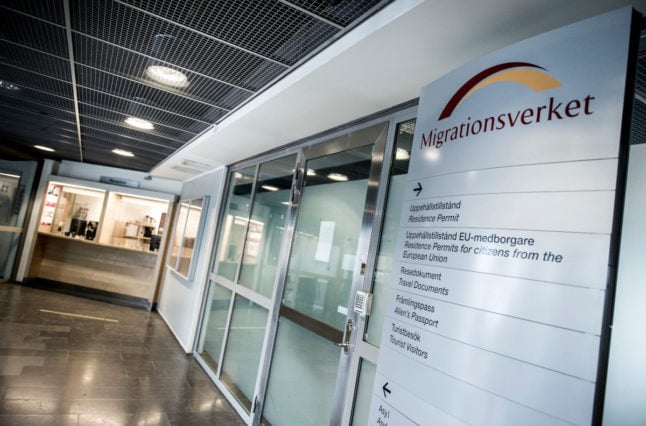Citing figures from state-funded number crunchers Statistics Sweden (SCB), newspaper Dagens Nyheter reports that 55,830 people emigrated from the Nordic nation in 2015.
That is even more than during the height of Swedish mass emigration to the US in the 1800s, when poverty-stricken Swedes left in pursuit of a better life. The largest amount of people to leave in a single year during that time period was 50,786 in 1887.
The total population of Sweden in 1887 was 4.73 million however, less than half of the current population of 9.85 million.
A key reason for 2015’s surge in exits was an increase in foreign-born residents in Sweden opting to return home. Around 24 percent of those who left were born in Asia, for example, while ten percent were born in another Nordic country.
Less than a third of those who left were born in Sweden on the other hand, with the proportion of native Swedes leaving actually decreasing.
Other figures reflect how the economic situation in Scandinavia has changed compared to previous years. Fewer Swedes are choosing to emigrate to Norway these days, for example, which was once considered a popular and relatively straightforward option for youngsters hoping to earn a better salary compared to back home.
Emigration from Sweden to Norway has decreased by 58 percent since 2011, with fewer jobs in business, the service and fishing industries one explanation. Last year only 5073 Swedes moved to Norway officially.
At the same time, fewer Danes are opting to move across the Öresund strait, with only 1850 doing so last year. A 15-year-low, that is less than half of the 4370 Danes who moved to Sweden in 2007.
In contrast, the number of Finns moving to Sweden has grown in the last four years. The 2733 people who moved from Finland to Sweden in 2015 is the largest amount since 2005.
In September, The Local reported that Finns are by far Sweden’s biggest foreign-born community, with 156,046 of them now residing across the border.
READ ALSO: Here's where Sweden's foreigners come from



 Please whitelist us to continue reading.
Please whitelist us to continue reading.